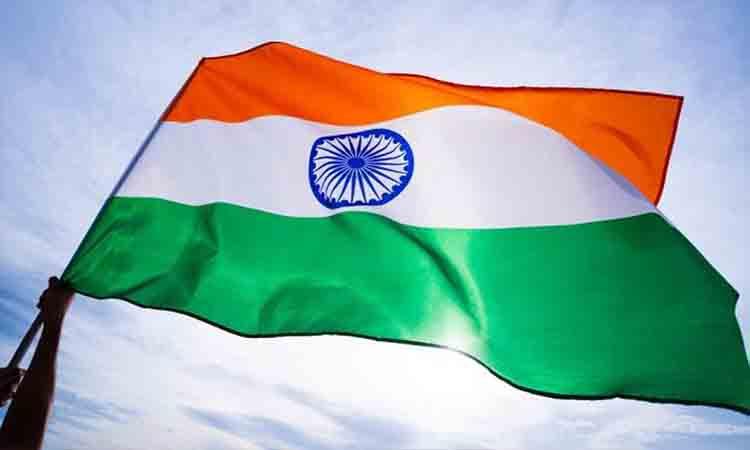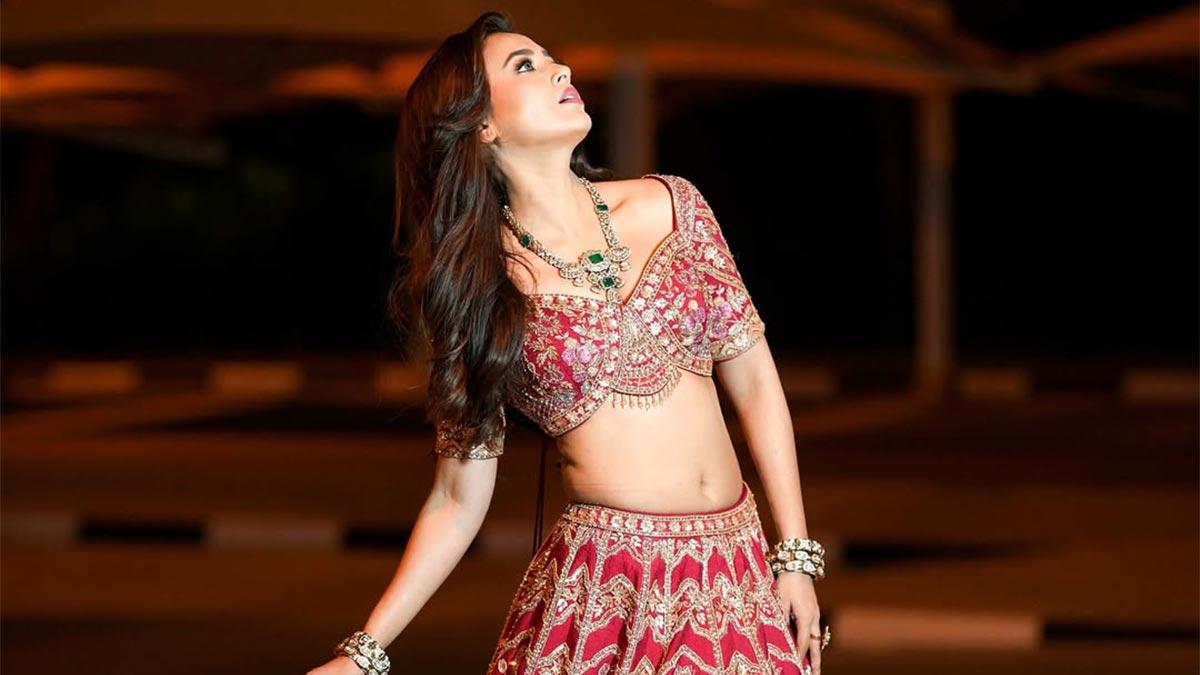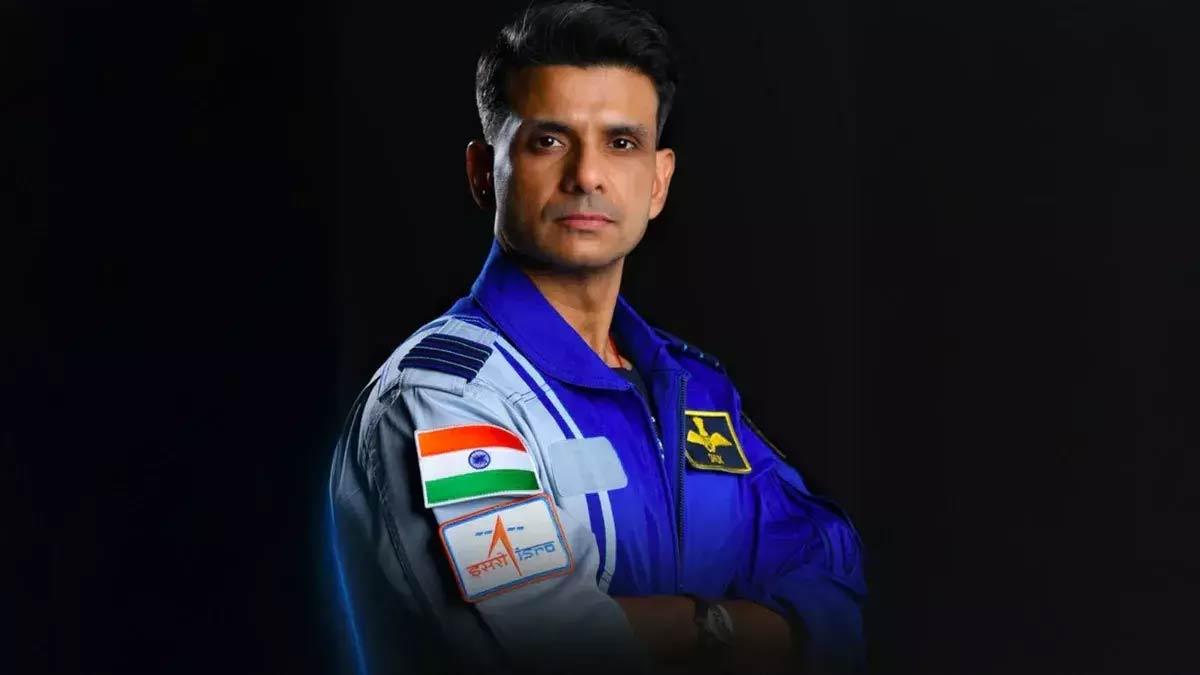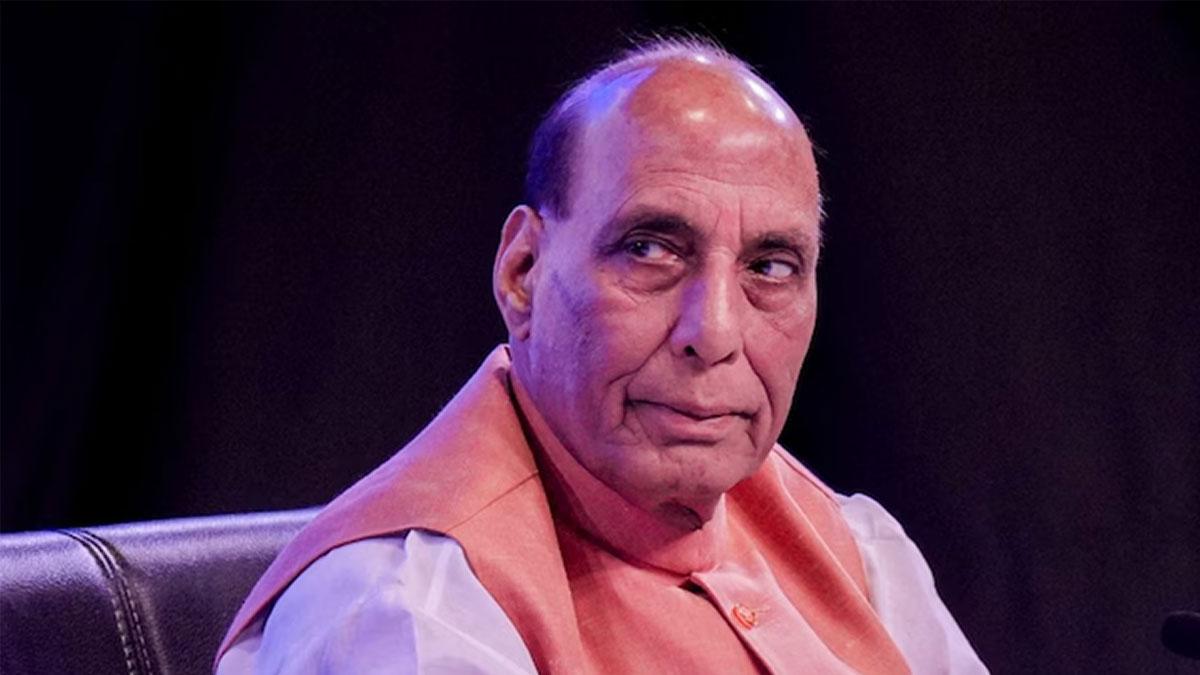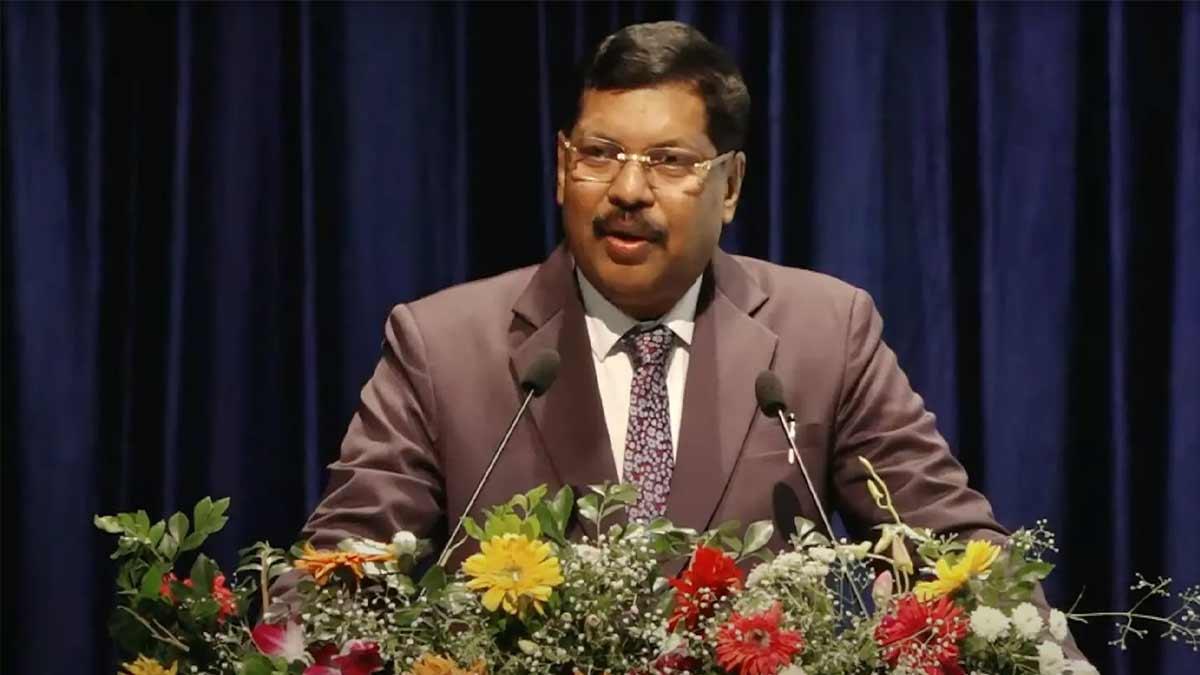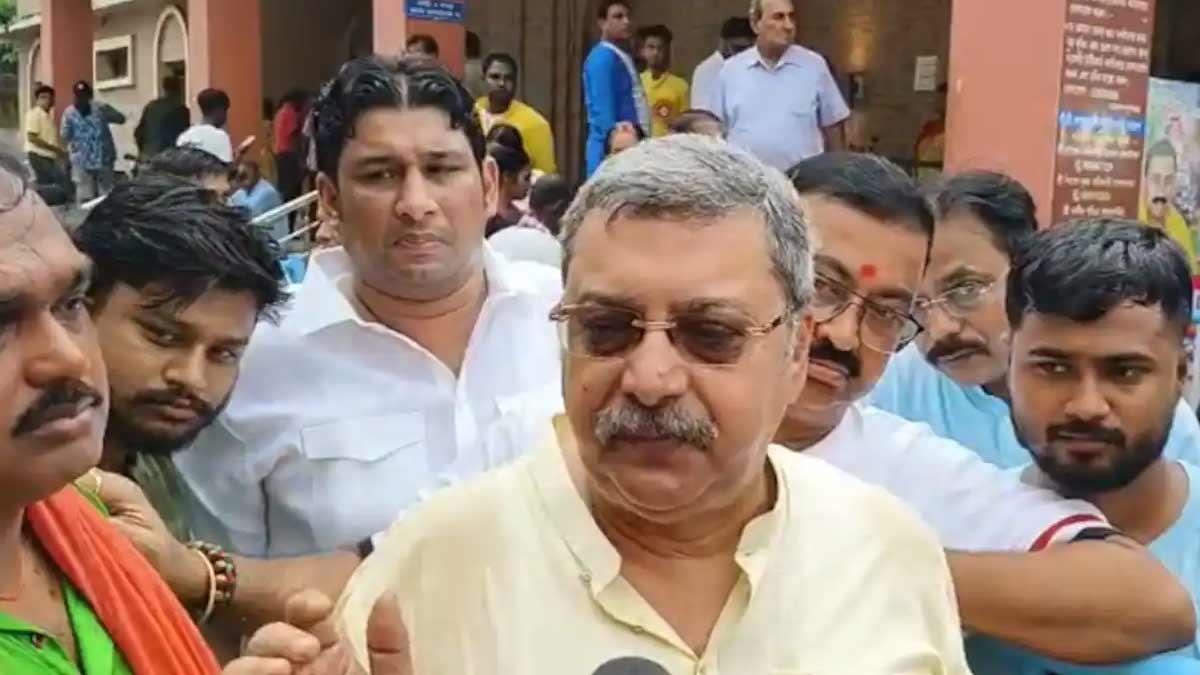India is celebrating 75th Independence Day today. On 15 August 1947, India broke the shackles of the foreign yoke and attained independence from atrocious British rule. A large number of patriotic Indians sacrificed their lives, served jail sentences for making India a free country. The nation is remembering all the martyrs today who made the supreme sacrifice for their beloved motherland. On 15th August every year, the Indian prime minister unfurls the national flag from the ramparts of the historic Red Fort as part of Independence Day celebrations. The chief ministers of different states unfurl the tricolour in their respective capitals. Here're 10 interesting facts that you should know about India's Independence Day:
1.On July 4, 1947, the Indian Independence Bill was tabled in the British House of Commons and approved within a fortnight. It stipulated that British authority in India would cease on August 15, 1947. Following the partition of India and Pakistan, India became a free country.
ALSO READ | Boeing Supports India's Focus On Becoming Global Aerospace Leader
2.Despite the fact that the Indian Independence Act was adopted on July 18, 1947, Lord Mountbatten picked August 15 as the date of India's independence since it coincided with Japan's surrender to the Allied Forces after World War II on August 15, 1945.
3.At midnight on August 15, India's first Prime Minister, Jawaharlal Nehru, unfurled the national tricolour from the Red Fort. In his iconic Independence Day message, famously called "The Tryst with Destiny," Nehru said, “At the stroke of the midnight hour, when the world sleeps, India will awake to life and freedom.” He urged the newly independent Indian people to fulfil their vow and awaken to life and freedom.
4.The 15th of August is noteworthy because it serves as a reminder of the sacrifices made by numerous freedom fighters in order to achieve independence from British control. Mahatma Gandhi, Jawaharlal Nehru, Sardar Vallabhbhai Patel, Bhagat Singh, Chandra Shekhar Azad, Subhas Chandra Bose, and many more outstanding independence warriors contributed to India's freedom movement.
5. Nobel laureate Rabindranath Tagore's 1911 song "Bharoto Bhagyo Bidhata" was renamed as "Jana Gana Mana" and accepted by India's Constituent Assembly on January 24, 1950.
6. On January 24, 1950, the national song "Vande Mataram" was approved as the national ongs. The song was a part of Bankim Chandra Chatterjee's 1880 novel Anandamath. Rabindranath Tagore originally sang this song in 1896.
ALSO READ | Airtel, Jio Conclude Spectrum Trading Agreement
7. Pingali Venkayya is accredit with designing the first variant of our current national flag comprising of the saffron, white, and green stripes with the 24-spikes Ashok Chakra was formally accepted on July 22, 1947, and hoisted on August 15, 1947. The first variant of the Indian national flag with three horizontal stripes of red, yellow, and green was raised on August 7, 1906 at the Parsee Bagan Square in Kolkata.
8. The Karnataka Khadi Gramodyoga Samyukta Sangha (KKGSS), based in Dharwad, Karnataka, is the only organisation authorised to produce and supply the Indian national flag. The flag is made entirely of hand-spun and handwoven cotton khadi fabric, according to the Bureau of Indian Standards (BIS).
9. Along with India, five other countries commemorate their independence on August 15. Bahrain, North Korea, South Korea, and Liechtenstein are among them.
10.The Radcliffe Line, which separates Pakistan's and India's parts of Punjab and Bengal, was formally published on August 17, 1947, two days after India gained independence from the British. The process of partition was very gruesome, tons of people lost their lives as everybody tried to migrate between the two newly formed nation. Hence 15th august also act as a significant day to pay homage to those who suffered during partition.

